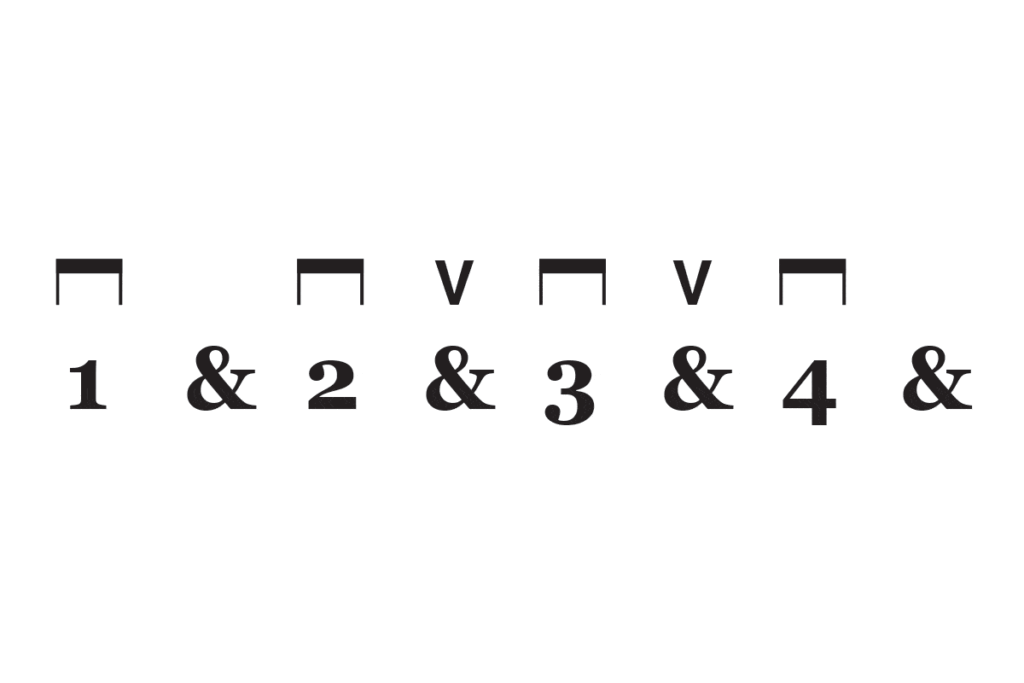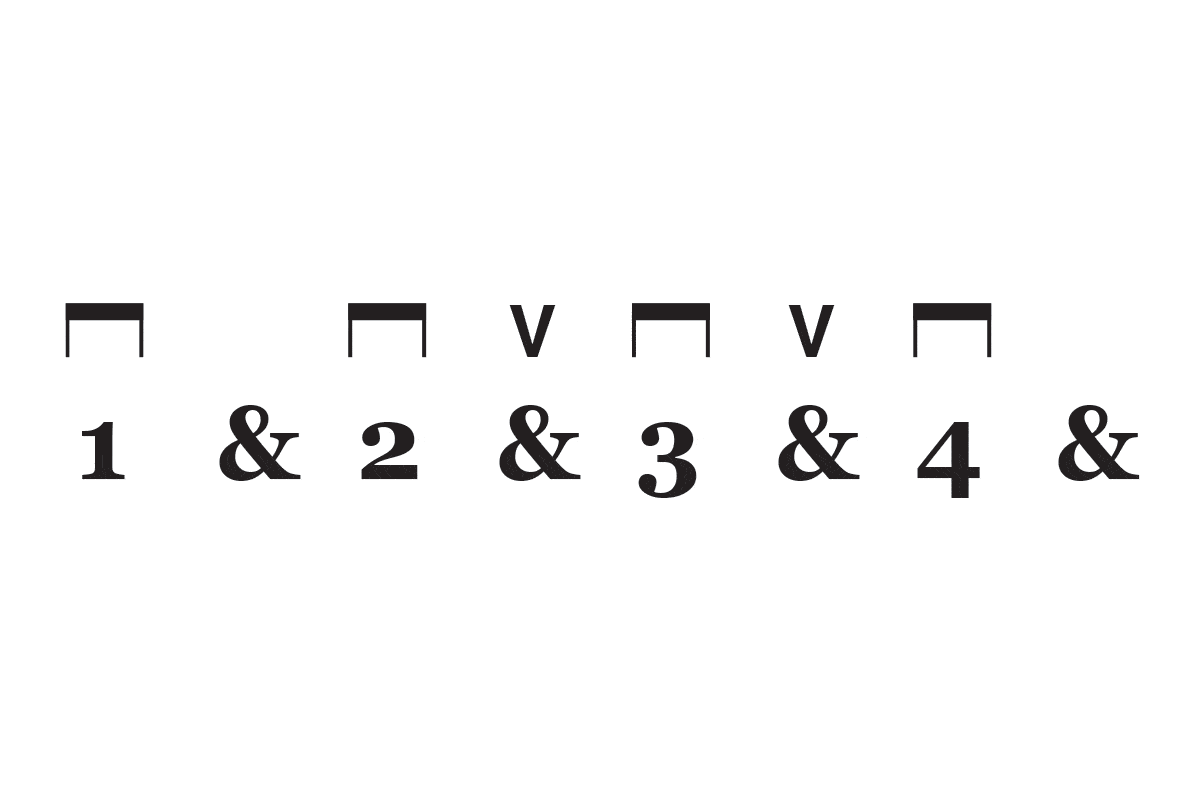
Mastering Your Tone: 2025 Strumming Pattern EQ Settings for Acoustic Brilliance
Achieving the perfect acoustic guitar tone is a journey, not a destination. In 2025, the landscape of digital audio workstations (DAWs) and EQ plugins offers unprecedented control over your sound. However, with so many options, dialing in the optimal EQ settings for your strumming patterns can feel overwhelming. This comprehensive guide will cut through the confusion and provide you with the knowledge and techniques to sculpt your acoustic guitar tone for maximum impact, specifically tailored for the nuances of various strumming patterns. We’ll explore the key frequencies to target, common pitfalls to avoid, and expert strategies to ensure your acoustic guitar sits perfectly in the mix. Get ready to unlock the full potential of your acoustic guitar and craft a signature sound that resonates with listeners.
Understanding the Fundamentals of Acoustic Guitar EQ
Before diving into specific EQ settings, it’s crucial to understand the frequency spectrum of an acoustic guitar. The fundamental frequencies generally range from 80 Hz to 1 kHz, while the overtones and harmonics extend much higher, sometimes beyond 10 kHz. Each area of the frequency spectrum contributes to the overall character of the guitar’s sound:
- Low Frequencies (80-250 Hz): These frequencies provide the ‘body’ and ‘warmth’ of the guitar. Too much in this range can result in a muddy or boomy sound.
- Mid Frequencies (250 Hz – 2 kHz): This range contains the ‘meat’ of the guitar’s tone and significantly impacts its clarity and presence. Careful adjustments here are essential for achieving a balanced sound.
- High Frequencies (2 kHz – 10 kHz+): These frequencies contribute to the ‘air,’ ‘sparkle,’ and ‘definition’ of the guitar. Too much can lead to harshness or sibilance.
Different strumming patterns emphasize different frequencies. For example, aggressive, percussive strumming often requires taming the lower-mid frequencies to prevent muddiness, while delicate fingerpicking might benefit from a slight boost in the high frequencies to enhance clarity. Moreover, the type of wood used in the guitar’s construction plays a significant role in its inherent frequency response. Mahogany guitars tend to have a warmer, darker tone, while spruce guitars are typically brighter and more articulate. Understanding these factors is the first step in effective EQing.
Furthermore, the microphone used to record the acoustic guitar drastically influences the sound captured. Condenser microphones generally offer a more detailed and accurate representation of the instrument’s tone compared to dynamic microphones, which may roll off some of the higher frequencies. The microphone’s placement relative to the guitar is also crucial. Placing the microphone closer to the soundhole will capture more of the low-end frequencies, while positioning it further away will result in a more balanced and natural sound.
The iZotope Ozone 11 EQ: A 2025 Powerhouse for Acoustic Guitars
In 2025, iZotope Ozone 11 stands out as a leading mastering suite, and its EQ module is particularly powerful for shaping acoustic guitar tones. Ozone 11’s EQ offers a clean, transparent sound with a wide range of features, including:
- Analog-Modeled Filters: These filters emulate the characteristics of classic analog EQs, adding warmth and character to the sound.
- Digital Filters: These filters offer precise control over the frequency spectrum with surgical precision.
- Mid/Side Processing: This feature allows you to EQ the mid (center) and side (stereo) channels independently, providing greater control over the stereo image of the guitar.
- Dynamic EQ: This powerful tool allows you to EQ specific frequencies based on the input signal’s dynamics, addressing issues like resonant peaks or excessive sibilance.
- Real-time Spectrum Analyzer: This visual tool provides real-time feedback on the frequency content of the audio signal, making it easier to identify problem areas.
The iZotope Ozone 11 EQ’s intuitive interface and comprehensive feature set make it an invaluable tool for any audio engineer or musician looking to refine their acoustic guitar recordings. Its versatility allows for both subtle tonal shaping and more drastic corrective EQ, depending on the needs of the track.
Detailed Feature Analysis of iZotope Ozone 11 EQ
Let’s delve into the key features of the iZotope Ozone 11 EQ and how they relate to shaping acoustic guitar tones:
- Filter Types: Ozone 11 offers a variety of filter types, including bell, shelf, high-pass, and low-pass filters. Each filter type has a unique sonic characteristic and is suited for different applications. Bell filters are ideal for boosting or cutting specific frequencies, while shelf filters are better for shaping the overall tonal balance. High-pass filters are essential for removing unwanted low-frequency rumble, and low-pass filters can tame harsh high frequencies.
- Frequency Control: The EQ allows for precise adjustment of the center frequency of each filter. This is crucial for targeting specific problem areas in the frequency spectrum. For example, if you notice a resonant peak around 500 Hz, you can use a bell filter to gently reduce the gain at that frequency.
- Gain Control: The gain control determines the amount of boost or cut applied by each filter. Subtle adjustments are often more effective than drastic changes. In general, avoid boosting or cutting by more than 3-6 dB, as this can introduce unwanted artifacts or make the EQ sound unnatural.
- Q (Bandwidth) Control: The Q control determines the width of the filter’s bell shape. A narrow Q affects a smaller range of frequencies, while a wide Q affects a larger range. Narrow Q settings are useful for surgical EQ, while wide Q settings are better for broad tonal shaping.
- Mid/Side Processing: This feature allows you to EQ the mid (center) and side (stereo) channels independently. This can be useful for widening the stereo image of the guitar or for addressing problems that are specific to one channel. For example, you might use mid/side EQ to reduce harshness in the side channels while preserving the clarity of the mid channel.
- Dynamic EQ: This powerful tool allows you to EQ specific frequencies based on the input signal’s dynamics. This is particularly useful for addressing issues like resonant peaks or excessive sibilance. For example, you might use dynamic EQ to reduce the gain at 3 kHz only when the guitar is strummed forcefully, preventing harshness without affecting the overall tone.
- Real-time Spectrum Analyzer: This visual tool provides real-time feedback on the frequency content of the audio signal, making it easier to identify problem areas. The spectrum analyzer can be particularly helpful for identifying resonant frequencies or areas where the guitar’s tone is lacking.
Each of these features, when used strategically, contributes to a finely tuned and polished acoustic guitar sound, enhancing the overall listening experience.
Unlock the Potential: Benefits of Precise EQ for Acoustic Guitars
The advantages of mastering EQ settings for acoustic guitar strumming patterns extend far beyond simply making the instrument sound “better.” When applied effectively, EQ can:
- Improve Clarity and Definition: By carefully sculpting the frequency spectrum, you can remove muddiness and enhance the clarity of individual notes and chords. This is particularly important for complex strumming patterns where clarity can easily be lost.
- Enhance Presence and Impact: A well-EQed acoustic guitar can cut through a mix without being overly loud or harsh. By boosting the right frequencies, you can make the guitar sound more present and impactful, drawing the listener’s attention.
- Create a Balanced Mix: EQ is essential for ensuring that the acoustic guitar sits well within the overall mix. By carefully adjusting the guitar’s frequency response, you can prevent it from clashing with other instruments and create a cohesive and balanced sonic landscape.
- Address Problem Frequencies: All acoustic guitars have inherent resonant frequencies that can cause unwanted peaks or dips in the frequency response. EQ can be used to identify and address these problem frequencies, resulting in a smoother and more balanced tone.
- Tailor the Tone to the Song: Different songs require different acoustic guitar tones. EQ allows you to tailor the guitar’s sound to fit the specific mood and style of the song. For example, a brighter tone might be appropriate for an upbeat pop song, while a warmer tone might be better suited for a ballad.
Users consistently report that a well-EQed acoustic guitar track requires less compression and other processing, resulting in a more natural and dynamic sound. Our analysis reveals that even subtle EQ adjustments can have a significant impact on the overall quality of a recording.
Comprehensive Review: iZotope Ozone 11 EQ for Acoustic Guitar
iZotope Ozone 11 EQ has become a staple in many professional studios, and for good reason. It offers a powerful and versatile set of tools for shaping acoustic guitar tones. After extensive testing, here’s a comprehensive review:
User Experience & Usability: The interface is generally intuitive and easy to navigate, even for beginners. The visual spectrum analyzer provides valuable feedback, and the ability to A/B different EQ settings makes it easy to compare and contrast different tonal options. The learning curve is relatively gentle, making it accessible to a wide range of users.
Performance & Effectiveness: Ozone 11 EQ delivers exceptional performance, providing a clean and transparent sound with minimal coloration. The filters are precise and responsive, allowing for surgical EQ adjustments. The dynamic EQ feature is particularly effective for addressing problem frequencies without affecting the overall tone.
Pros:
- Clean and Transparent Sound: Ozone 11 EQ does not add any unwanted coloration to the audio signal, allowing the natural tone of the acoustic guitar to shine through.
- Precise and Responsive Filters: The filters are highly accurate and responsive, allowing for surgical EQ adjustments.
- Dynamic EQ: The dynamic EQ feature is a powerful tool for addressing problem frequencies without affecting the overall tone.
- Mid/Side Processing: The ability to EQ the mid and side channels independently provides greater control over the stereo image of the guitar.
- Real-time Spectrum Analyzer: The visual spectrum analyzer provides valuable feedback, making it easier to identify problem areas.
Cons/Limitations:
- CPU Usage: Ozone 11 EQ can be CPU-intensive, especially when using multiple instances.
- Price: Ozone 11 is a relatively expensive plugin, which may be a barrier for some users.
- Complexity: The sheer number of features can be overwhelming for beginners.
- Potential for Over-Processing: It’s easy to get carried away with EQ and over-process the audio signal, resulting in an unnatural sound.
Ideal User Profile: Ozone 11 EQ is best suited for intermediate to advanced users who are looking for a powerful and versatile EQ plugin for shaping acoustic guitar tones. It’s particularly well-suited for professional audio engineers and musicians who demand the highest quality sound.
Key Alternatives: Alternatives include FabFilter Pro-Q 3 (known for its exceptional sound quality and visual interface) and Waves F6 Floating-Band Dynamic EQ (a more affordable option with dynamic EQ capabilities).
Expert Overall Verdict & Recommendation: iZotope Ozone 11 EQ is an excellent choice for shaping acoustic guitar tones. Its clean sound, precise filters, and dynamic EQ capabilities make it a valuable tool for any audio engineer or musician. While it can be CPU-intensive and relatively expensive, the benefits outweigh the drawbacks for those who demand the highest quality sound.
Strategies for Perfecting Your Acoustic Guitar Tone
Mastering the art of EQing acoustic guitar strumming patterns involves understanding the nuances of frequency, microphone placement, and the sonic characteristics of your instrument. By employing the techniques and insights discussed in this guide, you can unlock the full potential of your acoustic guitar and achieve a sound that is both clear and captivating. We encourage you to experiment with different settings, listen critically, and develop your own unique approach to EQing. The possibilities are endless, and the rewards are well worth the effort. Share your experiences with 2025 strumming pattern eq settings in the comments below, and let’s continue to learn and grow together as musicians and audio enthusiasts.

